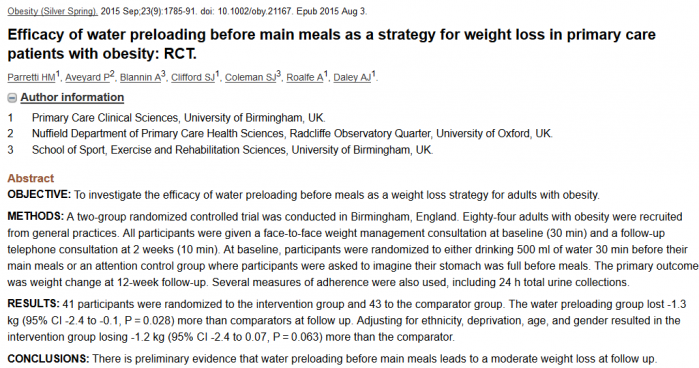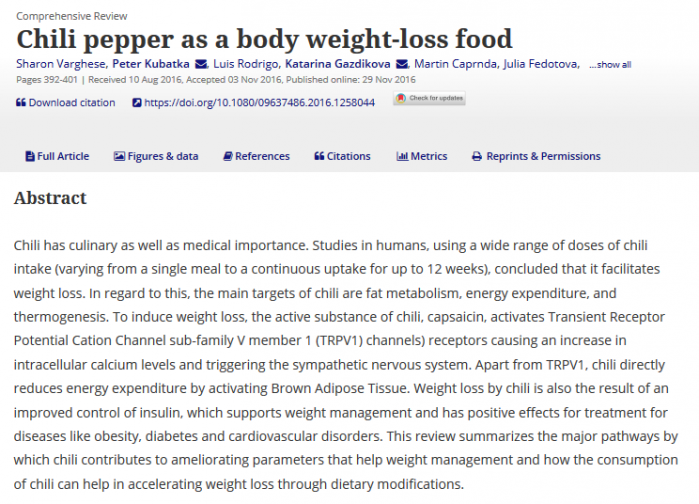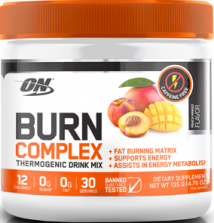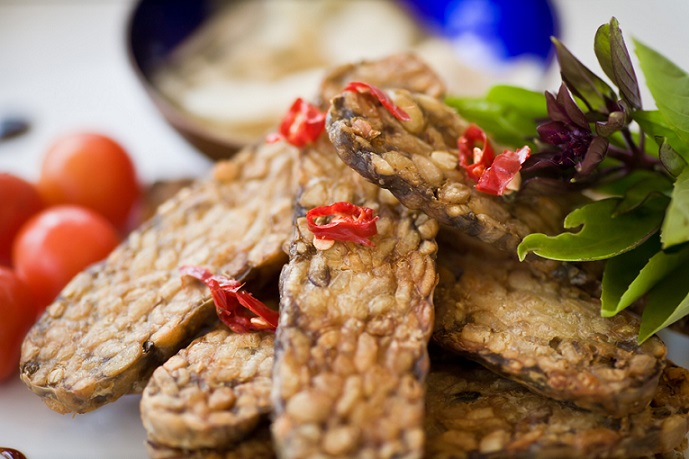7 Best Ways to Burn Fat on a Budget

Why oh why do we let our diet get so out of hand?
Is it because it's easy and eating poorly is the societal normal? Or maybe a recent holiday had you reaching for all the foods you would normally avoid.
These sure do sound like valid points ...
But it's hard to shift the blame to anyone but numero-uno, as unappealing as this can be.
We’ve all got a dietary vice. The trick is to find satisfying ways to keep your cravings in check without going overboard.
In today’s economic climate it can be a tricky finding the extra cash for standard weight loss approaches, such as gym memberships and packaged low-calorie meals.
The smartest approach can sometimes be the simplest. After all, exercise is free and can be done anywhere. And we all eat on a daily basis, which means we can change what we eat.
If you are about to embark on a health or body transformation, give yourself a pat on the back. It takes courage to make change!
You may not see results within the first week. But with steady and consistent effort, nothing can stop you.
As they say, you only fail when you give up.
Water: the Hydrating Appetite Suppressant
No doubt you’ve heard at some point that the body is made up of 60% water and how important it is to drink plenty each day.
A study published by Obesity in 2015 showed that drinking 500ml of water 30 minutes before main meals leads to significant weight loss 1.
In this study, there were 41 participants who drank 500ml water prior to their main meals and another 43 in the control group who simply imagined their stomachs being full before main meals.
After 12 weeks, the water drinkers lost 1.2kg more weight compared to the control group. This may not seem like enough weight loss to transform you a great deal. However, over a 1 year period, that’s a solid 5.2kg!
This is just one of the 7 approaches we are going to look at in this article, which will deliver a cumulative effect for fat loss.
If you decide to give this water-drinking method a go, it can be a pain getting the water in 30 minutes before eating. If so, try having a full glass of water immediately before the main meal, which would be around 300-400ml.
After all, we don’t always know at exactly what time we’re going to eat. And in some occupations, this practice may not be manageable.
Why does this method work? Perhaps it’s simply because water is filling, which leads to less food consumed during meal time—500ml of water does weigh half a kilogram.
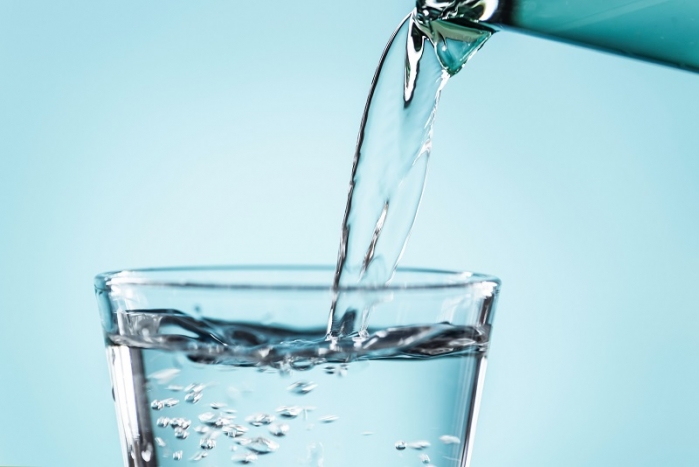
Image Courtesy of Unsplash
Keeping hydrated may also help us better understand how hungry we are. After all, many commonly consumed foods have a high water content. And if we are thirsty, we may actually over eat in order to keep hydrated!
Never underestimate a glass of water. It’s calorie free. It’s filling, it’s hydrating, it’s refreshing. Say no more …
Eat more Fibre Rich Foods
When it comes to designing a new dietary plan, fibre is one of those forgotten nutrients. With so much focus placed on calories and the protein, carbohydrate and fat ratios, little old fibre can often get left by the wayside.
But dietary fibre is far from insignificant. In fact, placing more focus on fibre rich foods is one of the most important changes you can make to your diet when it comes to improving body composition and overall health.
The foods to aim for, offering plenty of soluble and insoluble fibre, are fruits, vegetables, pulses and whole grains. Pulses include chickpeas, lentils, peas and beans.
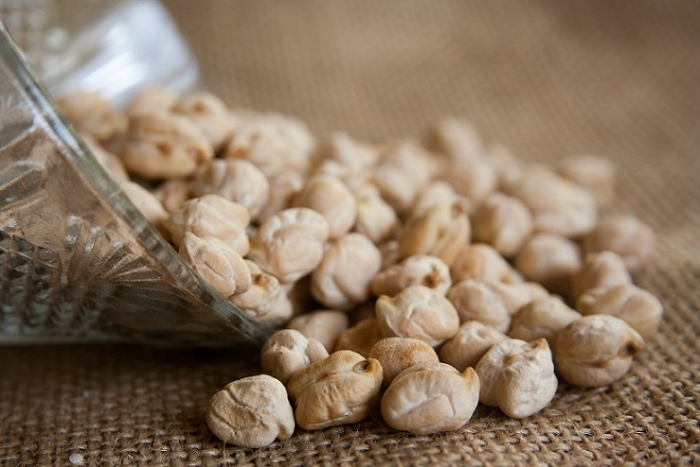
In fact, basing your main meals around fibre rich foods is a fantastic way to keep your calorie intake low without having to crunch numbers all day long or turn to your smart phone app every time you need some sustenance.
Keeping a healthy body weight isn’t supposed to be hard. But with standard starvation diets and controlled food portions, they can be brutally tough. And they can even set us up for nutrient deficiencies and insufficiencies.
Enjoying bulky filling meals containing plenty of fresh produce, pulses and some whole grains, like wild rice or brown basmati rice not only makes you feel nourished and content, but helps to keep your calorie intake down.
Research is showing that increasing your dietary fibre content is single-handedly one of the best approaches for preventing obesity, cardiovascular disease and colon cancer 2,3,4,5.
Eating abundantly of fresh produce and fibre rich foods may add a little to your weekly grocery bill. After all, a five dollar burger and chips from one of the many global food chains delivers tonnes of calories and can be quite satisfying.
The problem with the typical fast food meal is that it lacks micronutrients, phytochemicals, fibre and water. And though you may get a quality source of protein, it will be delivered with an abundance of sodium, animal derived saturated fat, cholesterol and high glycemic index carbs.
This spells disaster when it comes to keeping yourself healthy and your body composition in order. Not to mention your mood! As with any new habit, if you stick at it you will no doubt find ways to save on your grocery bill, such as finding a locally owned fruit and vegetable store with some great prices, checking out farmer’s markets or taking advantage of the frozen fruit and vegetables sales at one of the major supermarket chains.
Firing up Weight-Loss with Chilli
Most of us have some chilli powder kicking around the pantry, or maybe even a chilli bush in the backyard bearing some rich red fruit. Chilli has an awesome near-zero calorie content and flavour that can bring mundane meals to life.
But that’s just a taste of what chilli can really do for you as one of the few powerful fat-burning foods.
In 2017, the International Journal of Food Sciences and Nutrition published a paper by Vaeghese et al on the effects of chilli ingestion on weight loss 6. And the results were interesting to say the least.
The researchers concluded that chilli facilitates weight loss by increasing energy expenditure, fat metabolism and thermogenesis. The active substance in chilli is believed to be capsaicin, which activates TRPV1 channels and triggers the sympathetic nervous system.
This is no surprise, given that commonly used stimulants for weight loss, like caffeine, also trigger the sympathetic nervous system.
In addition, chilli enhances insulin control, which supports the burning of fat for energy. Insulin resistance can often be interlinked with obesity, one contributing to the other in a kind of what comes first, the chicken or the egg situation.
This is good news for anyone wanting to lose weight. And it doesn’t matter how you get the chilli in, whether you pack empty capsules with chilli powder, enjoy regular spicy dishes or find a weight-loss product with some chilli in it.
Just have it regularly and let this marvelous natural food weave its biological magic!
Some supplement companies, like Optimum Nutrition, have even released weight loss products with chilli in them. These make for some of the best fat-burning supplements, and can be a great idea if you’re looking for a simple solution that will keep your daily intake constant.
So whether you dust off that old packet of chilli, find some fresh ones at a farmer’s market or decide to supplement, the benefits will speak for themselves. Just try to keep your chilli intake regular in order keep your system powering ahead.
And if you overestimate your chilli tolerance, and turn your mouth into an erupting volcano, try a teaspoon or coconut or MCT oil. The oil helps to dissolve the capsaicin and neutralise the sting. And this form of oil is helpful for boosting the metabolism as well.
Walking Your Way to Health
When it comes to burning fat and getting in shape, often we envisage ourselves having to work to the bone, with sweat lashing from our brow and a post-workout requirement to simply collapse in a heap.
However, this form of exercise can be exhausting and unappealing, not to mention hard to sustain over a long period of time.
Ideally, we need to stay active our entire lives. This makes it important to find forms of exercise that are varied and enjoyable, whether they are tennis, beach walks, aerobics or calisthenics.
Exercise doesn’t have to involve a tremendous amount of suffering! In fact, it must be at least reasonably enjoyable and leave us feeling energized rather than depleted and generally unhappy.

And this is the difference between an activity that is intense and taxing, which may deliver better short-term results, or a milder form of exercise that can be enjoyable and slowly improves your condition over time.
Walking is a great way to achieve this! It’s a clinically researched form of gentle exercise that keeps you in shape. It doesn’t place too much stress on joints and is heart healthy.
Whether you find a friend to walk with, join a walking group or simply head out for a solo journey, walking really is a great way to regularly stoke the fires of your metabolism.
Find a pace that you are comfortable with and stick at it. You can gradually increase the intensity over time as your body becomes fitter and healthier. You may not burn loads of calories at first, but it’s a start.
Besides, there is some evidence to suggest that exercise isn’t just about the calories we burn during the activity. Our resting metabolic rate may actually stay elevated for a period of time once the exercise is complete.
When it comes to bone and muscle health, walking is great for strengthening lower limbs. But it’s also important to support your upper body bones and muscles as well. This can be done quite easily with a range of upper body exercises once or twice weekly.
And this helps with fat burning too!
Despite a commonly held belief to the contrary, burning muscle glycogen is actually helpful when it comes to weight loss, which is primarily what happens when we engage in resistance exercise.
After all, when we finish the exercise and eat something containing carbohydrates, some of this glucose will be used to replenish our glycogen stores at the expense of accumulating body fat or providing a fuel source.
When you’re about the begin a new form of exercise, or perhaps a few different types, ask yourself if it’s something you can see yourself doing for decades, rather than weeks.
Poor Sleeping Habits
If you’ve done a bit of reading on weight loss methods, you might have noticed that placing an emphasis on overall health often helps us acquire a healthier body composition.
Sleep is one of those massively important biological processes that literally shape the experiences of our lives, as well as our muscle to fat ratio!

Research published by the Obesity journal showed that people who report less sleeping hours are more likely to be obese or overweight 7.
Poor quality sleep, or an insufficient quantity, has been linked to elevated levels of a stress hormone called cortisol. Excessive cortisol is a well-known disrupter of the function of insulin 8.
Stress is another way to boost up cortisol levels. And then there’s the impact that stress has on our eating habits. Of course, we’re naturally less likely to make a healthy food decision when stress levels are peaking.
It’s important for maintaining a health body composition that insulin is kept potent and effective, as this keeps our blood levels minimal. This is important due to the fact that insulin slows the fat-burning process, in favour of burning sugar for energy.
Better quality and quantity of sleep may also help us to make better dietary decision and organise our food preparation and cooking practices.
If sleep quality or quantity is an issue, you could try the no stimulants after lunch trick. Also using block our curtains to mitigate street lights or making a commitment to going to bed early can be important practices.
Improving your sleep quality, or quantity, costs nothing and can deliver amazing results when it comes to quality of life and how you fit into your clothes.
Shredding up with a Hot Cuppa
As we’ve all come to understand over the past few decades, there is more to coffee than awesome-tasting caffeine. Scientists have discovered plenty of beneficial compounds in coffee, such as polyphenols, diterpenes and chlorogenic acids 9.
Researchers recently examined all the available research conducted regarding coffee intake and its impact on overweight and obesity. They concluded that coffee drinking modestly protects against obesty.
This may not seem too glamorous or exciting. But remember, sustainable weight loss or even maintaining good body weight, is not about discovering a silver bullet. It’s about implementing a range of beneficial tactics—maybe 7?—that work synergistically to keep you in shape.
With research indicating that 3 to 5 cups per day of standard strength coffee protects against many chronic disease, enjoying a brew doesn’t have to be an occasional indulgence.

And it doesn’t have to cost a lot either. In fact, organic ground coffee can be found at a number retailers at a fair price. This could be all you need to fire you up for some new food preparation and cooking ideas, and some enjoyable exercise.
Just set aside the marshmallows, whipped cream and sugar! Coffee can be sweetened with plenty of low or zero-calorie options, such as stevia, xylitol, erythritol or monk fruit extract. A dash of milk or milk alternative if you can’t take it black and you’re away, heading for caffeinated paradise.
Quality Protein Rich Food
When it comes to the importance of protein for human health, no doubt you’ve heard it all before! Little else can be said about the 9 essential amino acids—which are found in any quality protein food—that hasn’t already been said.
Adding a quality protein source to your fibre rich meals is a fantastic idea. After all, protein is more thermogenic than fats and carbohydrates, offers life-sustaining EAAs, and helps to repair and rebuild musculature, bone and more.
Research supports the use of high-protein diets when it comes to attaining a more favourable body composition 10,11. However, the protein foods you select should be plant or seafood based, with the inclusion of a little chicken breast or egg protein (primarily whites).
Some plant-based protein options are tempeh, firm tofu, beans, peas, lentils and a small amount of raw nuts. If you’re looking to include some eggs in your regular diet, go for 1 yolk and the rest in whites.
Whole eggs are more effective at stimulating protein synthesis than whites. But we don’t want too many yolks due to the higher calorie content. So a happy medium is one yolk to improve the amino acid profile, with additional egg whites.
Seafood is a great protein option. Not only does it deliver an abundance of quality amino acids, but also the EPA and DHA long chain fatty acids, which are a part of the omega 3 group.
EPA and DHA offer a range of beneficial health effects, such as anti-inflammatory and supporting cell membrane health.
So once you have all your high fibre foods lined up and organised regular meals, simply make sure you’ve also got a quality lean protein source in each of them. This will make for the ultimate fat-burning diet that also prevents chronic disease and promotes longevity.
Conclusion
From pre-meal water to discovering the benefits of chilli, there are sure to be a couple of slimming practices in this article that you can get started on right away.
Whether it’s a vegetable chilli with red kidney beans or a bulky salad topped with tuna and butter beans, there are plenty of meal options that deliver plenty of fibre, quality protein and even a touch of spice.
Every day doesn’t have to be perfect. And you certainly don’t have to do all 7 methods at once. In fact, this is not recommended!
Simply pick one or two and go from there. As the children’s tale of The Tortoise and the Hare taught us (and is still teaching us), slow and steady wins the race.
And at the finish line a healthier version of yourself.
References
1. Parretti HM et al. Efficacy of water preloading before main meals as a strategy for weight loss in primary care patient with obesity: RCT. Obesity 2015 Vol 23;9
2. Slavin JL. Dietary Fibre and body weight. Nutrition 2005 Vol 21;3 p.411-418
6. Arghese S. et al. Chili pepper as a body weight-loss food. International Journal of Food Sciences and Nutrition. 2017 Vol 68;4 p.392-401.
9. Cano-Marquina A et al. The impact of coffee on health. Maturitas 2013 Vol 75;1 p.7-21
Header Image Created by FreePik.



